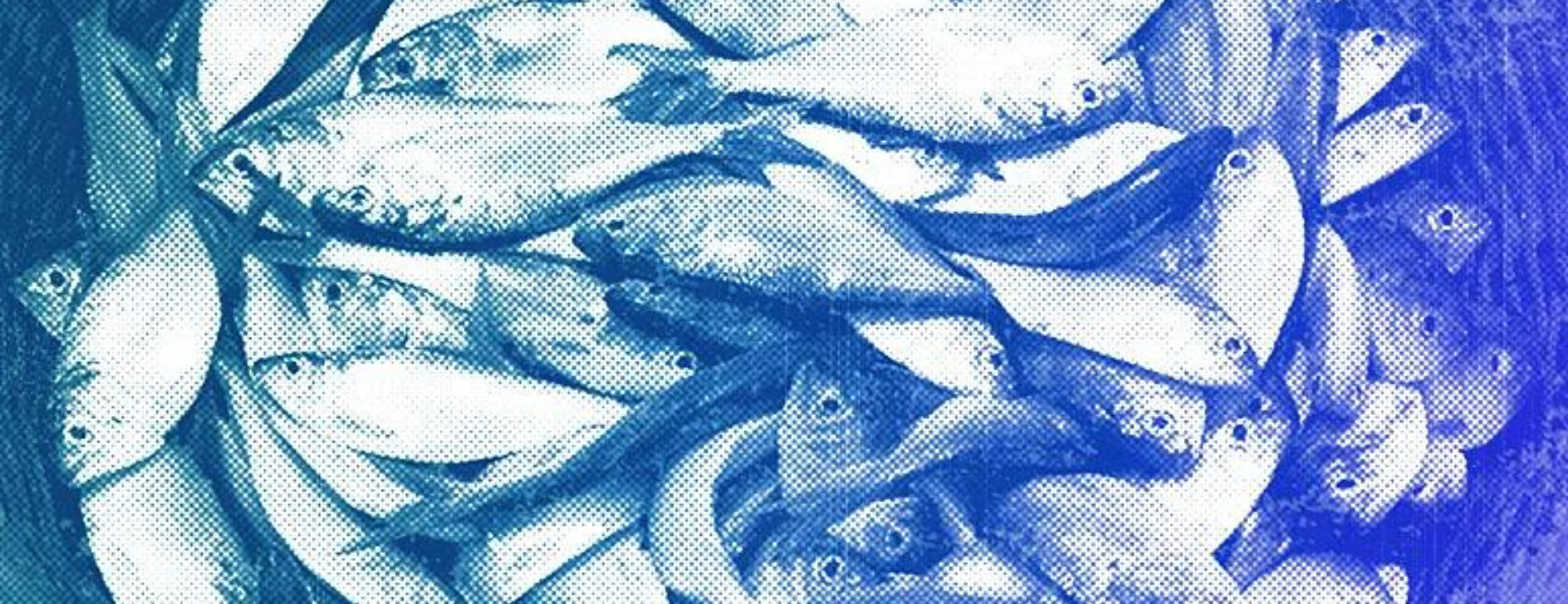This excerpt is from an opinion piece in Euronews by Professor Beatrice Crona. Beatrice Crona is co-chair of the Blue Food Assessment, Professor at the Stockholm Resilience Centre at Stockholm University, and Executive Director of the Global Economic Dynamics and the Biosphere Program at the Royal Swedish Academy of Science. She is lead author of the Blue Food Assessment paper ‘Four ways blue foods can help achieve food system ambitions across nations‘ (Crona et al. 2023). Read the full piece here.
As any investor knows, a diverse portfolio is an important risk mitigation strategy, offsetting potential losses from one investment with the returns from another. The same is true when it comes to food security.
Countries investing in the full range of accessible and affordable foods can therefore rely on certain sub-sectors to provide vital nutrition when others are affected by a climate shock or conflict, minimising the kind of disruption, volatility, and inflation currently playing out.
Blue food — foods derived from aquatic animals, plants and algae caught or cultivated in freshwater and marine environments — are a key part of many diets and have a potentially important role to play in a transition towards more healthy and sustainable ways of eating.
Yet, for most countries, aquatic foods remain something of a blind spot and have been remarkably absent in discussions about how to rapidly transform and de-risk our food systems.
This needs to change because blue foods have much to offer.
